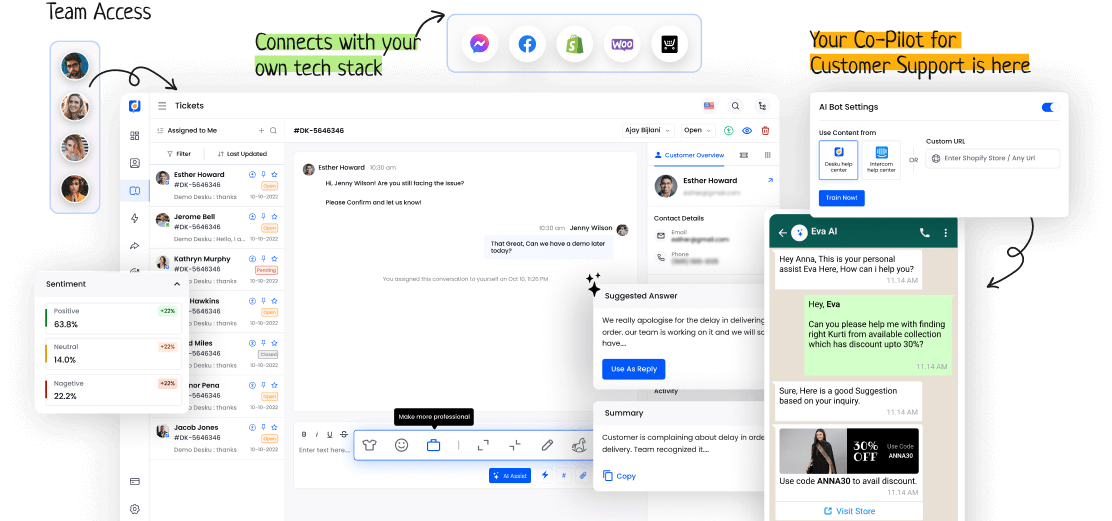In all types of talk and writing, a reply is crucial. It's not just an acknowledgment; it shapes chats, creates bonds, and pushes talks ahead.
Knowing how to craft a thoughtful answer can change an exchange's result and impress the receiver. Replying is more than just words; it shows attention, respect, and readiness to join in important discussions.
I. Defining the term "Reply"
'Reply' means an answer given to a message or question. It needs quickness, clear talk, right mood, and involvement.
Fast answers show you're alert. Clear talk ensures knowing. The mood of a reply sets the feel, and involvement makes a good talk.
Get good at these for useful talks.
II. Importance and Usage of Replies
Good talk needs replies. They're key for real chats and interactions. You need the right methods and techniques for good replies.
Knowing why replies matter can make relationships better and information clearer. With the right responses, people can make talk better and more fruitful.
III. Etiquettes and guidelines for Replying
In talks, follow the right manners for answering. This encourages clear talk and respect. Proper talk needs active hearing, empathy, and thoughtful responses.
In online chats, watch your tone, use plain words, and dodge confusion. These tips create good, helpful chats, boosting relations and understanding.









